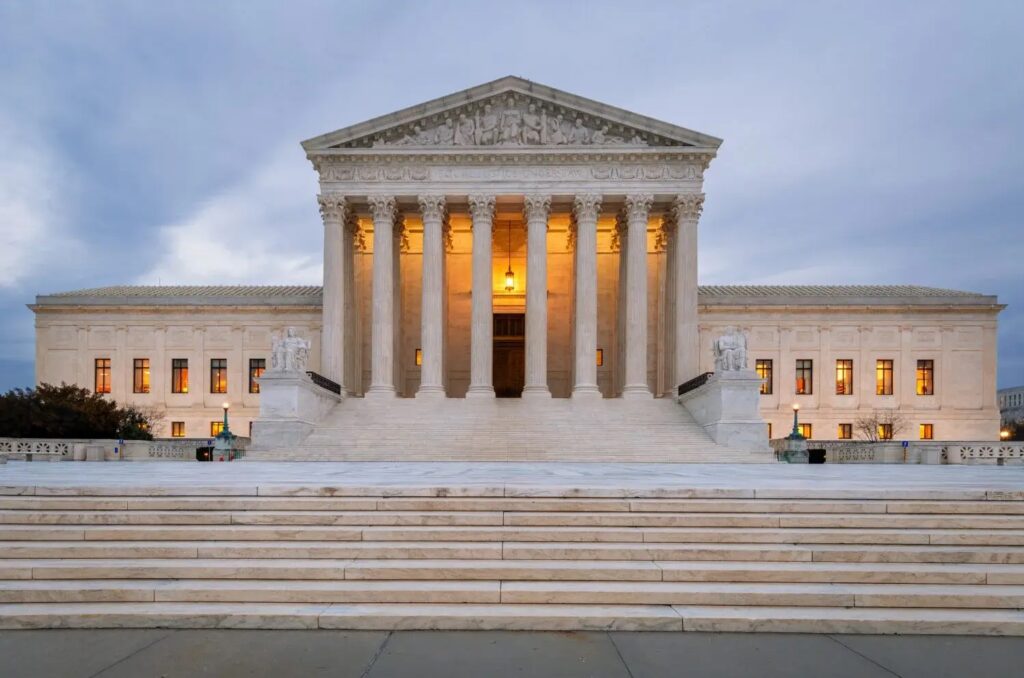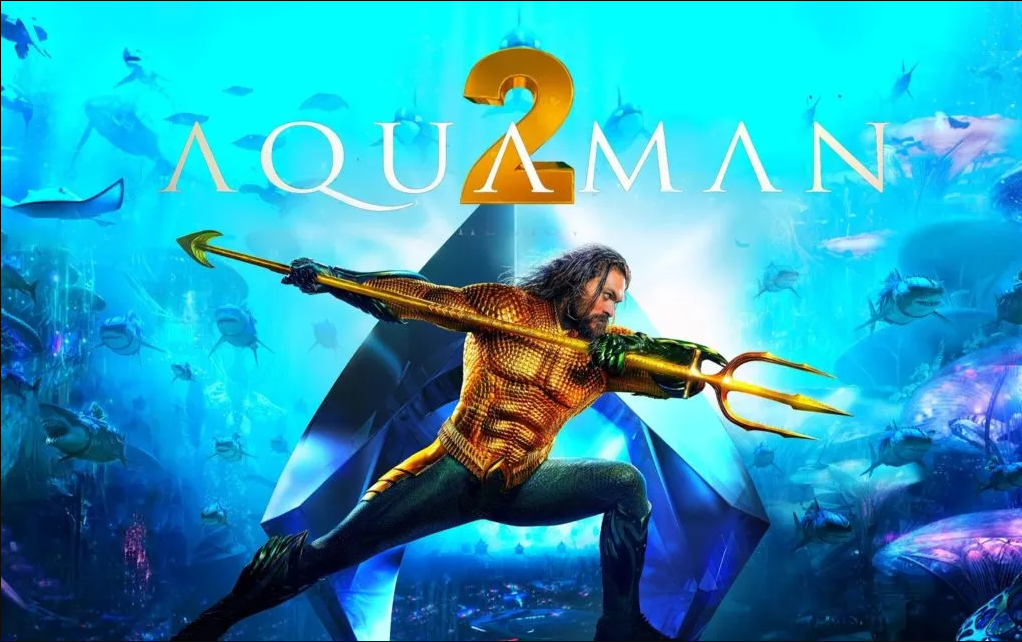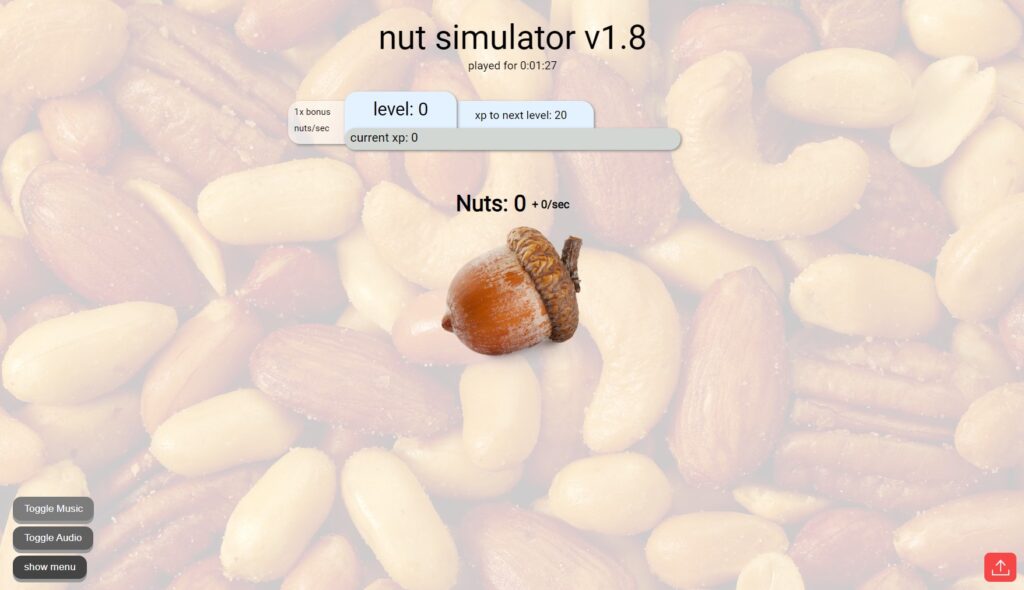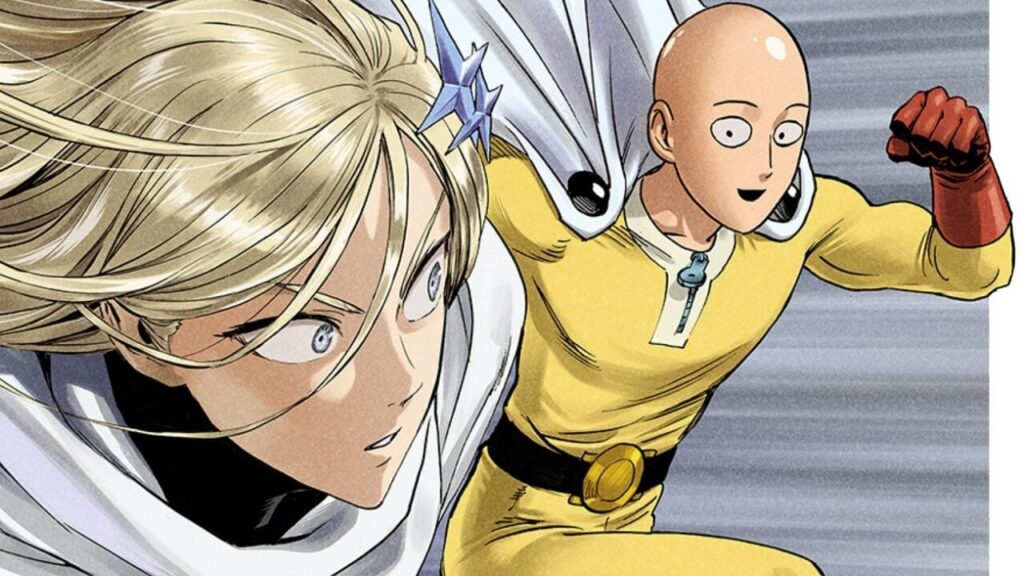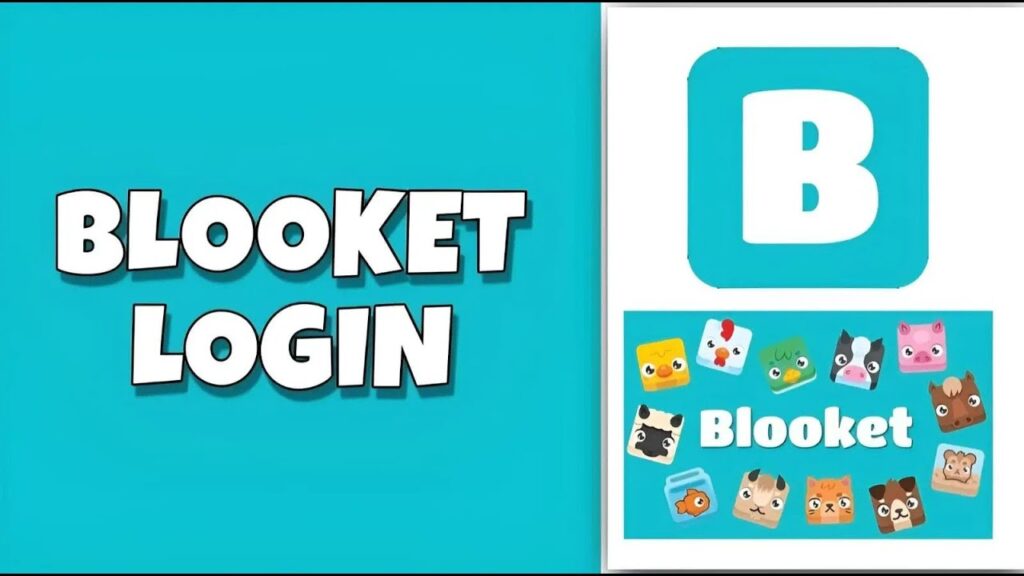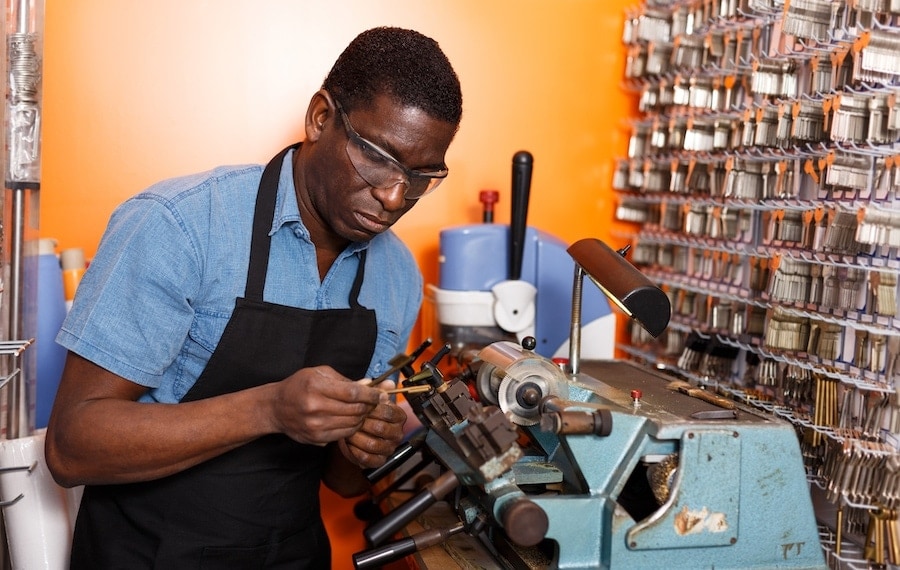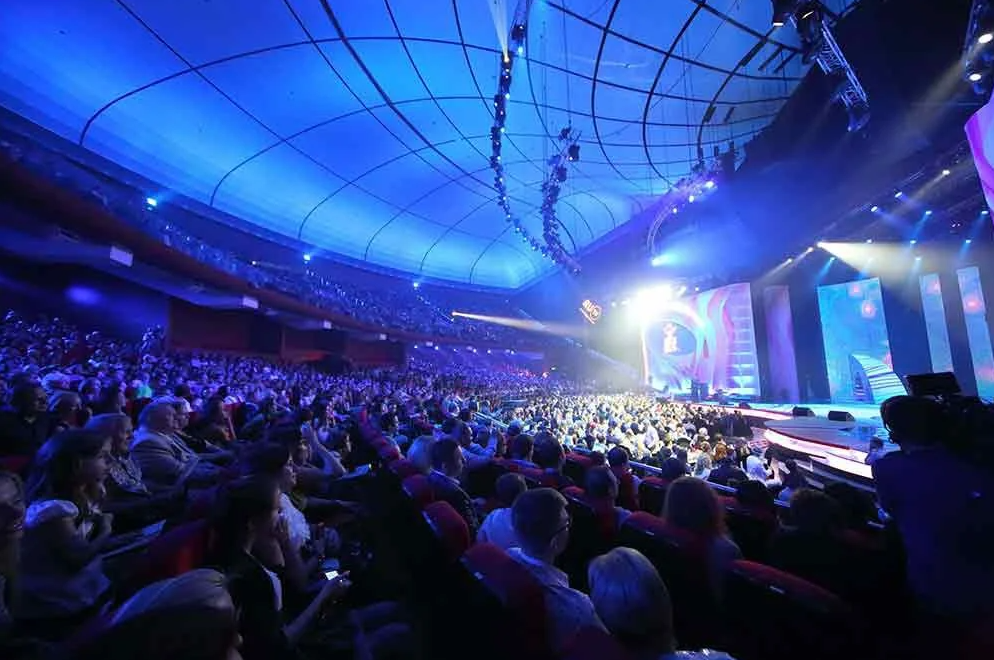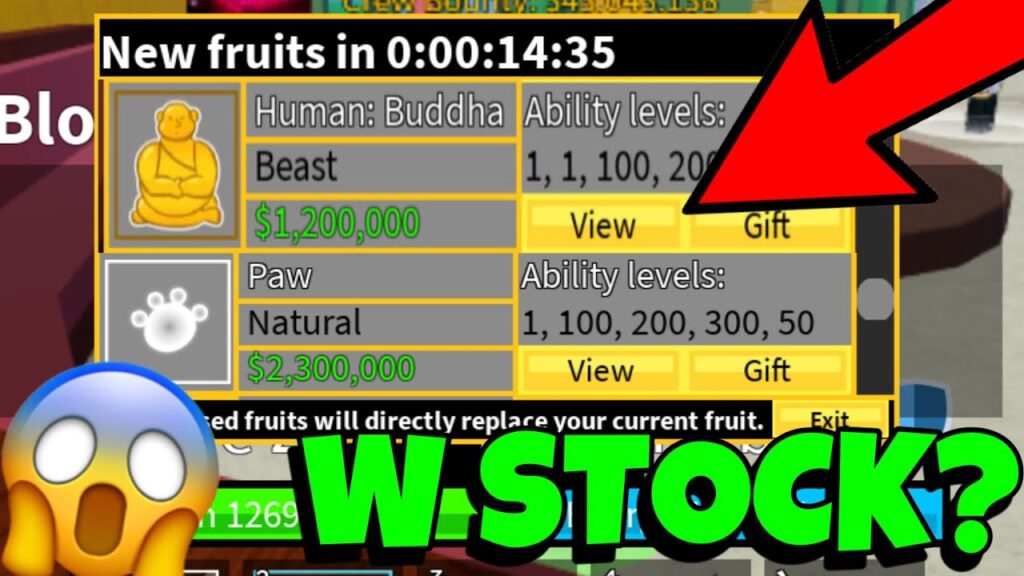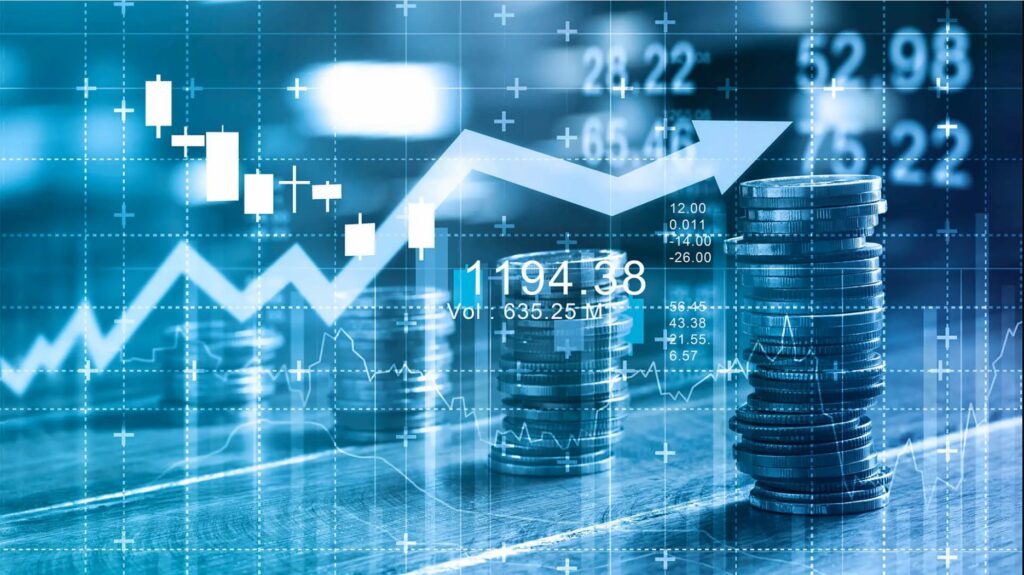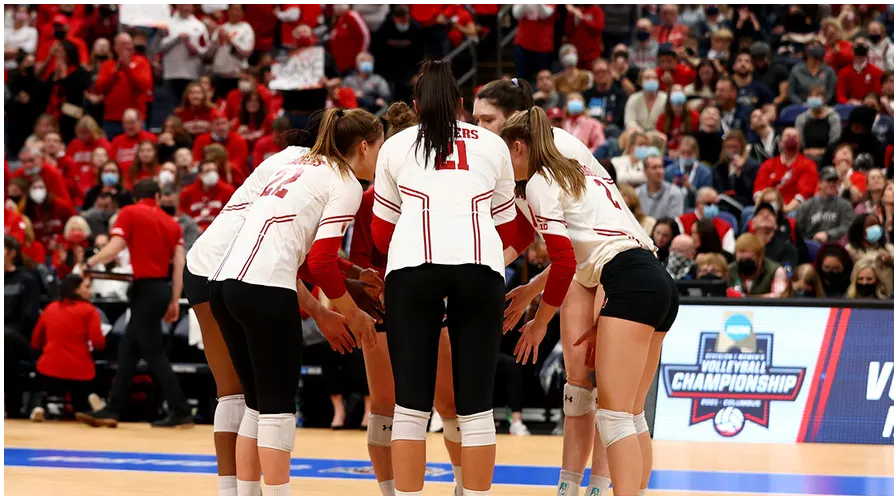Behind the Steel Curtain: An Insider’s Guide to the Unseen

In an era of quickly changing technological environments, the steel industry stands as a tribute to human ingenuity and perseverance. The term “steel curtain,” which originally referred to the Pittsburgh Steelers’ powerful defensive line, has subsequently taken on broader connotations. This article takes you behind the scenes, providing an insider’s view of the steel industry’s invisible elements.
Historical Background
The phrase “steel curtain” connotes strength, toughness, and a sense of impenetrability. Steel changed industries, infrastructures, and economies throughout history. It changed our skylines with skyscrapers, linked continents with bridges, and spurred global industrial revolutions.
The Steel Curtain’s Anatomy
The steel curtain is made up of iron, carbon, and different alloying components. But, beyond its essential composition, it is the foundation of contemporary civilization. Steel is used to construct our buildings, tracks for our trains, and armor for our troops. Steel’s utilitarian relevance pervades almost every area of our daily lives.
Industries Behind the Curtain
Steel’s importance extends beyond construction. Its adaptability has underpinned different sectors, ranging from automotive manufacture to shipbuilding. ArcelorMittal and POSCO, for example, have transformed economies by affecting employment patterns and driving market dynamics.
Economic Implications
Steel is at the crossroads of global trade. Its complexities in demand and supply frequently set the tone for broader market attitudes. With massive steel manufacturing capacities, economies such as China hold significant influence over global pricing and trade dynamics. Tariffs, trade agreements, and global politics are frequently centered on this crucial industry.
The Human Element
The stories of numerous people who keep the wheels turning can be found behind the massive steel foundries and furnaces. Their stories are filled with tenacity, drive, and, sometimes, sacrifice. The steel industry created towns like Sheffield in the United Kingdom and Pittsburgh in the United States, instilling a distinct culture based on hard work and solidarity. However, this business is not without its difficulties—excessive hours, safety problems, and labor rights have always been issues.

Environmental Considerations
Steel production has historically had a large environmental impact. The industry’s environmental impact is evident, from considerable CO2 emissions to resource-intensive operations. Green steelmaking programs and technology, on the other hand, seek to mitigate this. Hydrogen-based steel production, for example, holds the potential for a more sustainable future for the sector.
Technological Advancements
The steel sector is not immune to technological change. Automation, AI-driven quality controls, and clever production techniques are reshaping traditional steelmaking. The combination of these technologies promises to make steel production more efficient, sustainable, and safe.
The Steel Curtain, Art, and Culture
Steel’s impact goes beyond sectors and economies. It can be found in art and literature. Richard Serra uses steel to create intimidating sculptures, and movies like “The Deer Hunter” capture the spirit of steel towns. The steel curtain also exemplifies the interaction of industry and urban aesthetics.
Geopolitical Implications
Steel has frequently been at the center of resource wars. Steel’s strategic importance in combat cannot be stressed, as it is essential for weaponry, transportation, and defense. Furthermore, governments with powerful steel industries frequently wield significant geopolitical weight, imposing terms in international relations.
Beyond the Curtain: The Future
What is the future of steel? Adaptation is critical in all sectors. With increased environmental concerns and alternative materials fighting for dominance, steel must continually reinvent itself. Steel’s journey is far from over, whether through cleaner production processes or creative applications.
Finally, the steel curtain is more than a word; it is a doorway into a world of creativity, conflict, culture, and politics. As we move farther into the twenty-first century, the function of steel as a material and a symbol is as important as ever.
The steel curtain permeates our lives in more significant ways than we generally realize, from towering skyscrapers to the money in our pockets. We see not simply an industry when we take back this curtain, but the fundamental fabric of modern civilization.










